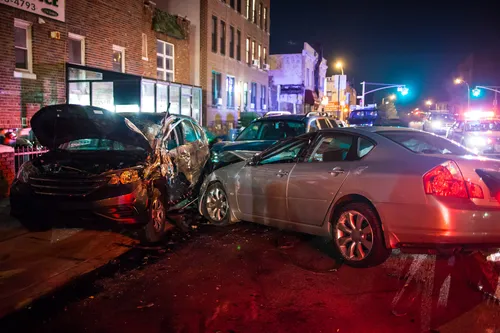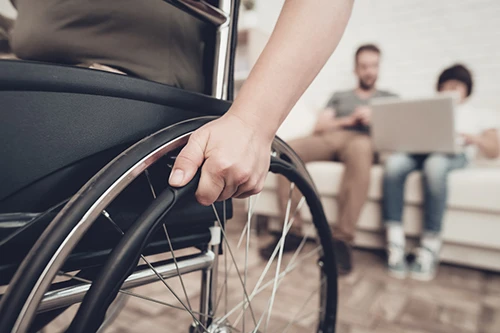In the US, many people, especially those in urban areas, commute by foot daily for work, school, food, or recreation. Unfortunately, this hustle and bustle frequently cause accidents; each day, many pedestrians are the victims of accidents involving vehicles. In fact, NSC Injury Facts report, sourcing from the National Center for Health Statistics (NCHS), that an estimate of 7,668 pedestrians were killed in both traffic and non-traffic accidents in 2019.
But where do these accidents most often happen?
Common types of injuries
Pedestrian accident injuries can range from minor to severe depending on a variety of factors, but the most common types of injuries that occur include:
- Lacerations
- Traumatic brain injuries (TBI)
- Internal damage
- Fractured and broken bones
- Spine and spinal cord injuries
- Back pain
- Joint and muscle tearing
Causes of pedestrian accidents
Here are just a few factors behind vehicle-related pedestrian accidents:
- Distracted driving or, if a pedestrian, walking
- Driving under the influence
- Operating a vehicle while sleep deprived
- The time of day
- Jaywalking
- Poor weather conditions (fog, heavy rain, ice)
- Infrastructure
- Speeding and reckless driving
- Moving violations
Where is a pedestrian most likely to be hit?
The NSC Injury Facts states, using data from the National Highway Traffic Safety Administration (NHTSA), that in 2019 most traffic deaths occurred under the following conditions:
- Urban settings, 82%
- On the open road, 73%, compared to intersections, 26%
- At night or in darkened conditions, 80%
- Most often occur on Saturdays
Here are where most pedestrians are likely to be hit:
Outside intersections. While intersection-related accidents are common, they are surprisingly not where pedestrians are at the highest risk of collision with a vehicle. This is because many safety signals and signs, such as stop lights and traffic lights, help prevent accidents. Instead, non-intersections are the likeliest areas for pedestrian accidents. Despite that, pedestrians should still take much caution when crossing the street. Always rely on crosswalks, looking both ways, and pedestrian crossing signals.
Open roads and highways. Pedestrians should never walk along the side of the road, as drivers may not be attentive enough to avoid drifting or swerving.
Additionally, there are no signs to help prevent such pedestrian accidents, and there are higher speed limits. On highways or open roads, many drivers are expected to drive at high speeds, greatly increasing the risk of a pedestrian accident.
Urban areas. This is only because traffic, including cars, pedestrians, and motorcyclists, is very dense in the city.
Parking lots. Oftentimes pedestrian accidents occur in the parking lot. Drivers are distracted by either the chaos involved with the parking lot or by their phone. Many drivers and pedestrians also believe that parking lots are much safer because of the slow movements of the vehicles, but this relaxed mindset can often lead to these accidents.
Who’s at fault for pedestrian accidents?
The pedestrian. Oftentimes, the pedestrian is at fault for these types of accidents. According to Arizona State University back in 2007, roughly 80% of all pedestrian accidents were caused by the pedestrians, for reasons such as distraction or failure to acknowledge any safety laws and signs (e.g., jaywalking). If the pedestrian is held liable for their own injuries in a pedestrian accident, not only would they forfeit any compensation for their injuries but also may be responsible for the driver’s damages.
The driver of the vehicle. The driver could be held responsible for the accident if they were deemed negligent. For instance, a drunk person would be swerving about, unable to see a pedestrian near them. Additionally, they could be sleep deprived, driving recklessly, or texting. All of these scenarios would hold them liable for any damages incurred.
Contact a personal injury attorney for a free consultation
If you’re a pedestrian who is a victim of a pedestrian accident, you should consider connecting with a personal injury attorney who will be happy to help you explore your options. A personal injury attorney will do all that they can help you win the compensation for damages, including:
- Time off work or job loss
- Loss of quality of life
- Pain and suffering
- Psychiatric trauma
- Physical therapy and rehab
- Past, present, and future medical bills
- Lost wages and earning capacity
- Out-of-pocket costs
A personal injury attorney will fight to win the compensation you deserve, all while you can focus on rest and recovery from your injuries.


